Whether you’re new to SAP Ariba Buying, or have been using it for procure-to-pay (P2P) for some time, there are a few simple steps your team can take to ensure a successful implementation.
These points apply equally to both a new installation, or when migrating from an older version of SAP’s procurement software. We think these are some of the best ways to get the most out of your SAP Ariba Buying deployment, and throughout the product’s lifespan.

1. Build a solid change management strategy
When starting a top down project, you may be at risk of colleagues not adopting the new processes, technology, and communications.
This lack of buy-in will have a negative impact on your early adoption level and end user acceptance – therefore diminishing your success and return on investment.
2. Develop a strategic supplier onboarding plan
Start with matched SAP Ariba Network suppliers. They are already accustomed to making transactions over the network, making for an easy connection.
Next, prioritise the suppliers with the highest spend. This will allow for quick visibility and spend control for the majority of your purchase orders.
Your next target should be strategic commodities. As far as tail spend, remember that SAP Ariba Spot Buy will revolutionise the way you deal with the tail spend that many companies struggle with.
3. Deliver a strong compliance message
Make it a requirement for all suppliers to receive POs and submit invoices through the Ariba Network. With Light Enablement, the historical complaints about fees are simply invalid. Any paperwork that’s created and stored on the Ariba system is also searchable, making it easy to check up on historical transactions.
Companies who follow this recommendation experience much faster supplier enablement which in turn allows for increased visibility and control of your company’s overall spend.
4. Involve key stakeholders from the start
Any team members that will be using the software, as well as their managers, should be kept regularly informed throughout the implementation process. There should be opportunities for feedback both before and after deployment, so your deployment makes the most out of existing staff knowledge and experience.
Some team members may be resistant to digital transformation because they are worried about future implications and how it will affect their role.
Summary
This advice is just a drop in the ocean compared to what SapienceS2P knows about SAP’s cloud procurement solutions, we hope you find it useful. Keep an eye out for future articles on SAP’s range of supply chain and procurement software.
Message us via our LinkedIn page if you want more bite-size advice on a specific topic, or contact us via our website.
